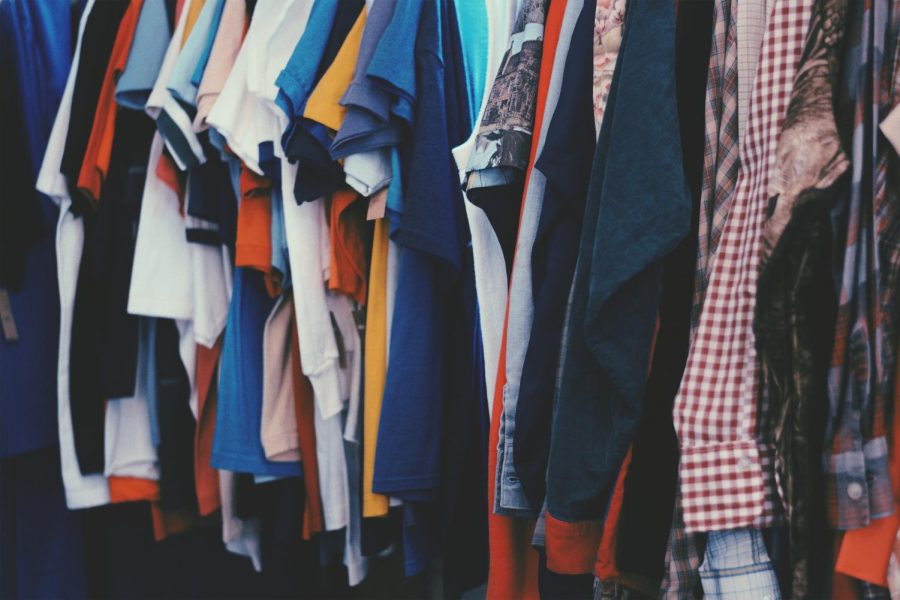Is Hit App Depop Sustainable, Unethical, or Both?
Is Depop, a modern app for digital thrifting, really increasing sustainable practices, or excluding people from clothes who need it most?
May 14, 2022
Thrifting has become an increasingly popular activity among young people. In the past few years, thrift shopping has become a trend on social media platforms like YouTube, TikTok, and Instagram, and it’s popular for good reason! Buying secondhand clothing is extremely sustainable, and fights against harmful fast-fashion brands.
The app Depop was created in 2011 as a modern online platform for buying and selling secondhand clothing items. With Depop, anyone can clean out their closets, make an account, and sell their clothes secondhand! The platform’s popularity has grown immensely in recent years, breaking records with twenty-six million active users. Another great thing about Depop is that it is ultimately made up of young users. The most recent demographic shows that more than 90% of users are under the age of 26, which means Depop is successfully promoting sustainable clothing purchases to younger generations. This kind of sustainability turns youth away from fast fashion brands like Zara, H&M, Forever 21, and more, which are a pressing issue worldwide due to negative environmental impacts, child labor violations, and brutal working conditions.
It seems like Depop is doing a good job encouraging youth to buy sustainable clothing, so why is it so controversial? Put simply, sellers on Depop are buying clothing sustainably and then reselling it unsustainably. Recently, popular Depop sellers have become infamous for buying thrifted clothing pieces in bulk and reselling the items for a profit. This profit comes from inflating the price of previously cheap items, and labeling the items with tags like, “rare,” or “vintage,” when really, the clothes came from their local thrift store. This technique definitely works for sellers, as a large number of Depop users can afford to buy the higher-priced items, but these sellers fail to see the downsides of their business technique. For many users, Depop was seen as a platform where quality clothing could be easily found at a relatively cheap price. Unfortunately, this is no longer the case. Depop is growing less and less affordable, and more and more exclusive to middle and higher class populations.
In fact, sellers participating in the process of selling thrifted clothes for profit are contributing to gentrification. For many low-income and working-class families, thrift stores are the only option when it comes to buying clothing. Yet recently, with swarms of Depop sellers crowding thrift stores and clearing the racks of quality clothing, those who rely on thrift stores are left with fewer and fewer options.
This issue is generally overlooked, especially because many Depop users do not recognize the impact of their actions. Selling clothes on Depop is an easy way for youth to gain simple business skills and make money, so it was no surprise when users began to use the platform to their economical advantage. Buying secondhand clothing is no doubt the most sustainable way to shop. However, it’s important to remember that these secondhand items are essential to families without the privilege of affording brand-new clothing.
I’m not saying that every item on Depop needs to be cheap because it’s true that real vintage clothing is usually expensive and rare. Nonetheless, affordable, quality clothing needs to also be accessible. So, next time you go into a thrift store, think about buying one or two items. You’re not evil if you thrift once in a while, but it’s important to recognize your privilege and act accordingly. If you can afford other sustainable options, I encourage you to look there first.


